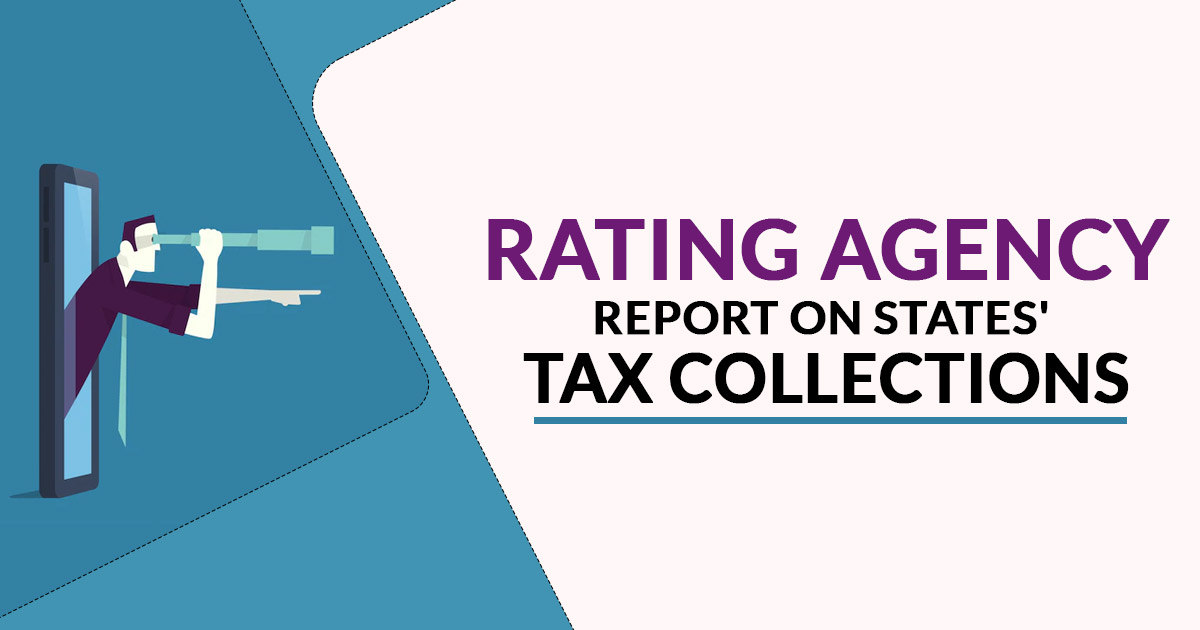
Domestic rating agency India ratings mentioned that the GST would not support the states to attain the objectives of increasing their tax revenue.
The rating agency mentioned that the information would not mean any advantages to the states in the former 5 years since the GST incorporation.
From June this year, the centre would halt providing any compensation to the states towards the collection of short taxes. GST compensation for a 5-year duration was the duration of the agreement between states and the union government during the start of the latest indirect tax regime in 2017.
Various states questioned towards postponement of the GST compensation. But FM Nirmala Sitharaman during presenting the Budget for FY 23, mentioned that the compensation duration would not get prolonged beyond June 2022.
“The rating agency specified that …the data available so far does not instill confidence with respect (of) GST achieving or is on course to achieve its two key objectives, namely it boosts the tax revenue and is beneficial for the consuming states”
The share of state GST (SGST) in States’ Own Tax Revenue (SOTR) at 55.4% IN FY18-FY21 compared to 55.2% in FY14-FY17 shows that the growth in both SGST and non SGST elements of SOTR would be the same.
“This means the GST implementation did not result in any incremental benefit to the SOTR. Moreover, SGST growth at an average of 6.7% in FY18 -FY21 has been lower than the 9.8% growth recorded by the taxes subsumed under GST during FY14-FY17,” he said.
Till the GST gets executed, creating or exporting states collect the Value Added Tax (VAT) on the sales in the states and indeed the Central Sales Tax (CST) of up to 2% on the inter-state sales.
States in which CST was contributing exceedings 4.5% to their SOTR in FY12-17 were Assam, Chhattisgarh, Gujarat, Haryana, Himachal Pradesh, Jharkhand, Meghalaya, Odisha, Sikkim, Tamil Nadu, and integration of both creating and consuming states.
“After the GST implementation, the proportion of CST in SOTR declined to 0.95% in FY21 (RE) from 4.16% in FY17, he added.”
The agency mentioned that the additional method of assessing the GST performance of states is to investigate the SGST growth in FY19-FY22, and told that Odisha is the only state who poses an average SGST collection of more than 14% with a 20.06% increase in SGST between FY19-22, and is followed by Bihar (13.89 %), Assam, Andhra Pradesh, and Chhatisgarh.
A sum of 17 major states recorded an average SGST increase of below 10% on the other side negative average SGST growth of 4.02% is recorded for Uttarakhand in FY19-FY22.